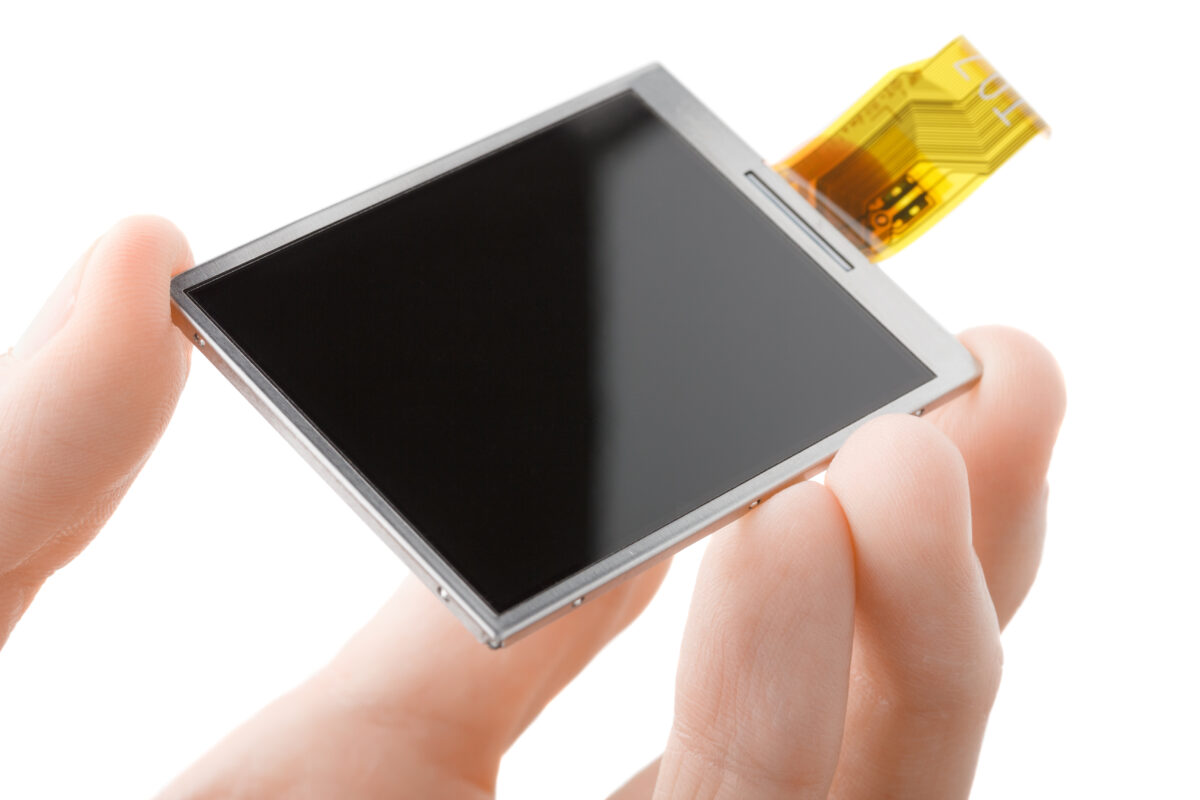The birth of Liquid Crystal Display
Blaze Display Technology Co., Ltd. | Updated: Nov 27, 2018
With the creation of the pixel, a new way to view the world was born – and it remains a vital link to the way we connect safely in the world
Fifty years ago, a pair of physicists in a Swiss laboratory began untangling a mystery that had been intriguing a handful of other scientists for several years.
Here was their conundrum: Could miniscule electrical jolts unwind the spiral molecular structure of a new substance known as “liquid crystal,” causing the crystals to block light, then re-twist them and allow light to pass through again?
The physicists – Dr. Martin Schadt and Dr. Wolfgang Helfrich – placed the liquid crystal between two plastic surfaces carrying a grid of transparent electrodes. In so doing, they discovered they could create individual picture elements, or “pixels,” which could be used to form shapes.
They filed a Swiss patent for the idea on Dec. 4, 1970. Though it attracted scant attention at the time, the milestone now stands as the birthdate of the liquid crystal display (LCD) – the technological platform which has transformed consumer electronics and presented a brilliant new way to view the world.
Early LCD developers took a few years to figure out that specialty glass, not plastic, was the best stable substrate for the delicate LCD circuitry and the color backplane component. They need the stable, flat, fusion-formed glass, able to preserve the critical properties of the liquid crystal and withstand high processing temperatures.
And LCDs rapidly transformed from “passive matrix” models, mostly used in pocket calculators and digital watches, to “active matrix” LCDs in which each sub-pixel was controlled with an isolated thin-film transistor. AMLCDs enabled wide viewing angles; brilliant, fast-moving images; and high-resolution images that had never been possible before.
Early LCD developers felt they were onto something big when they discovered how shapes could emerge from light-blocking crystals.
That long view shaped a future of smartphones, tablets, and immersive displays.


